After using MediaLib, there are many libraries you can use to continue developing your programming skills.
Data Science

pandas
- Build on top on NumPy
- Uses multi-dimensional arrays and fast operations internally to provide higher level methods for manipulation and analysis.
Data Visualisation

Matplotlib
- Original Python data visualization library
- Designed to resemble MATLAB
- Most widely used library for plotting in the Python community.
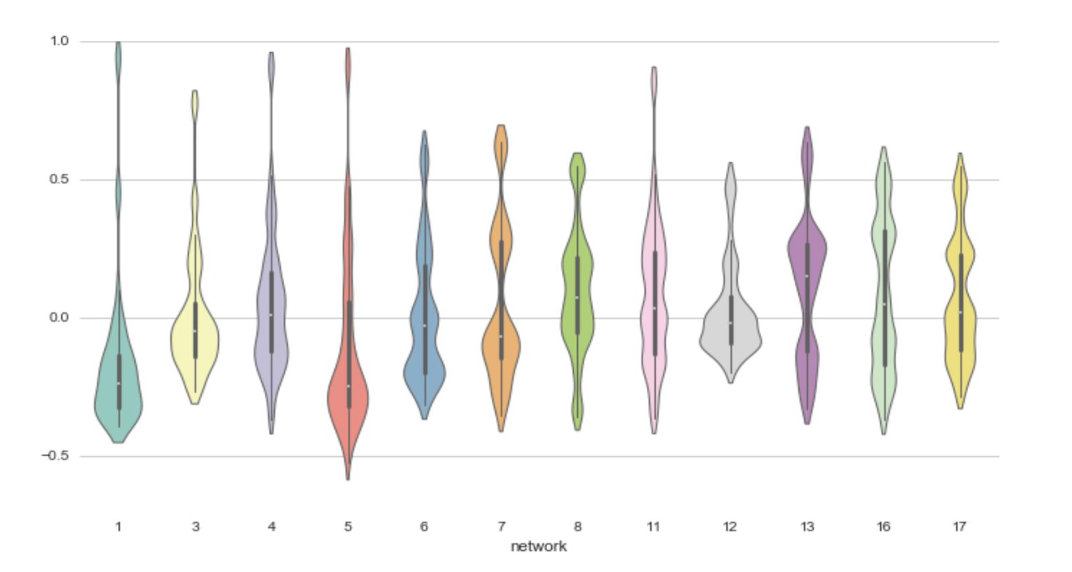
Seaborn
- Built on top of Matplotlib
- Beautiful charts with a few lines of code
- Requires knowledge of Matplotlib to modify the default values.
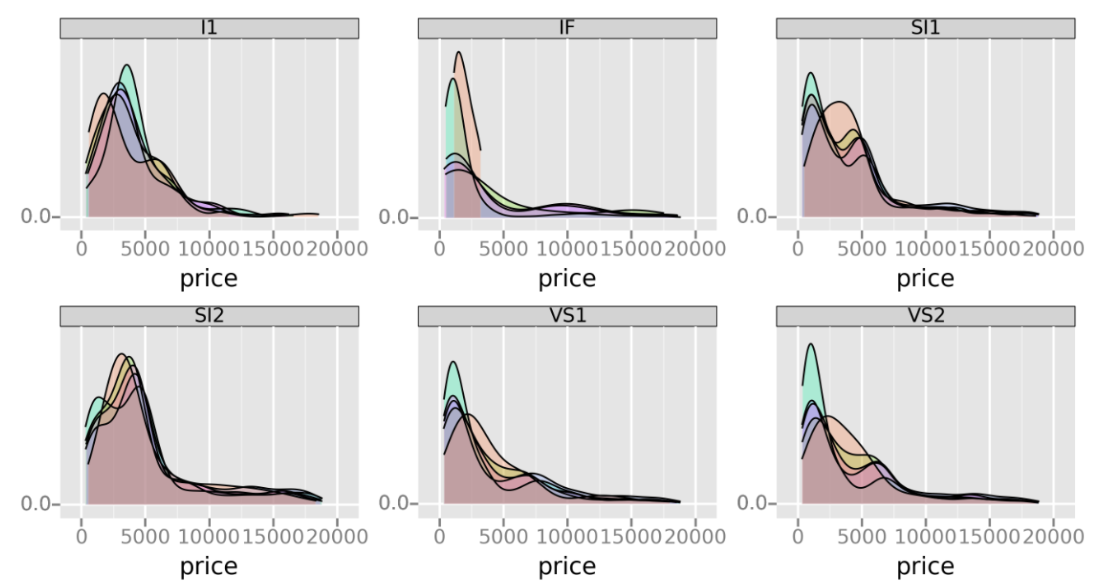
ggplot
- Based on R’s ggplot2
- Lets you layer components separately to create plots
- Built for making professional looking plots with minimal code
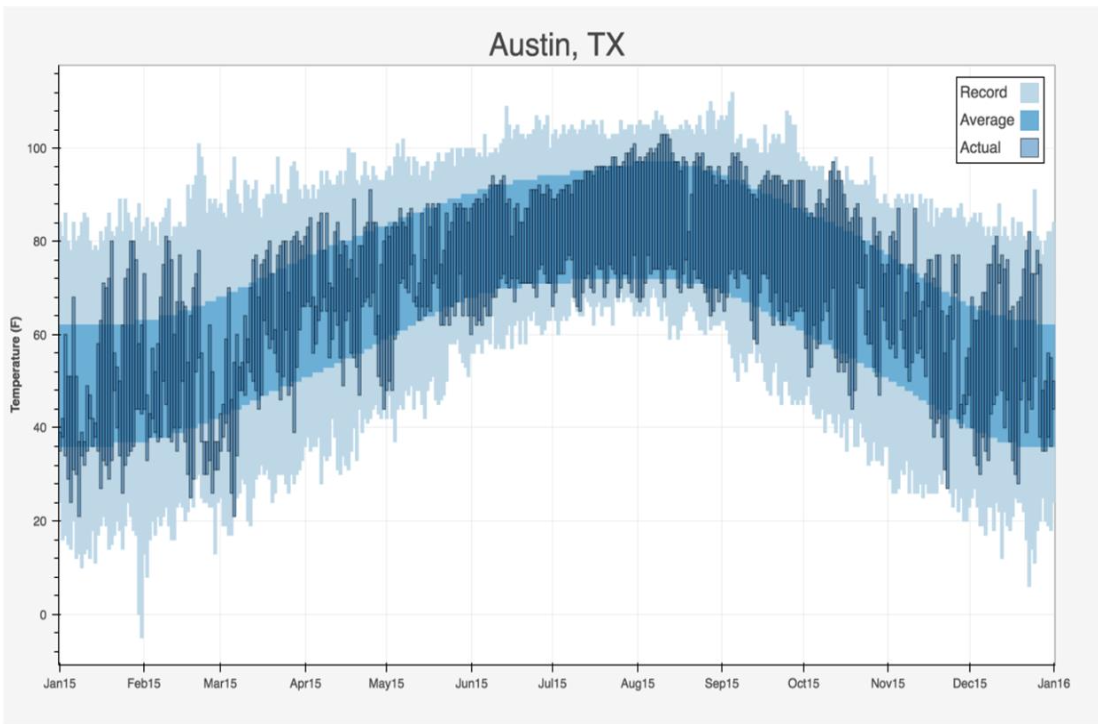
Bokeh
- Based on The Grammar of Graphics.
- Native to Python.
- Creates interactive web-ready plots, which can be exported as JSON, HTML or web applications.
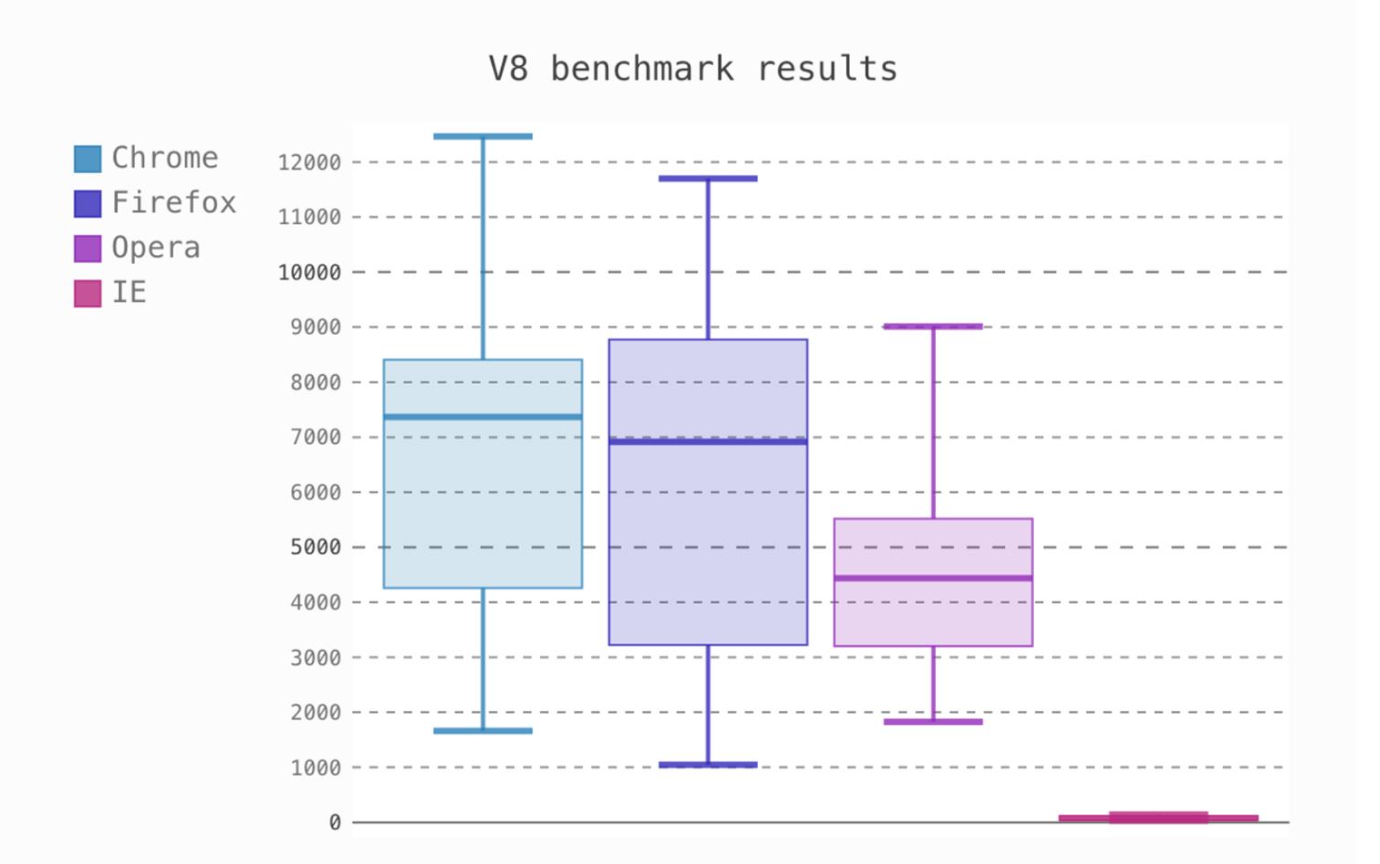
Pygal
- Offers interactive plots that can be embedded in the web browser.
- Can output charts as an SVG (Scalable Vector Graphics) file.
- Useful for small datasets.

Plotly
- Create Interactive Plots.
- It offers some charts that are difficult to find in other libraries (contour plots, dendograms, 3D charts).
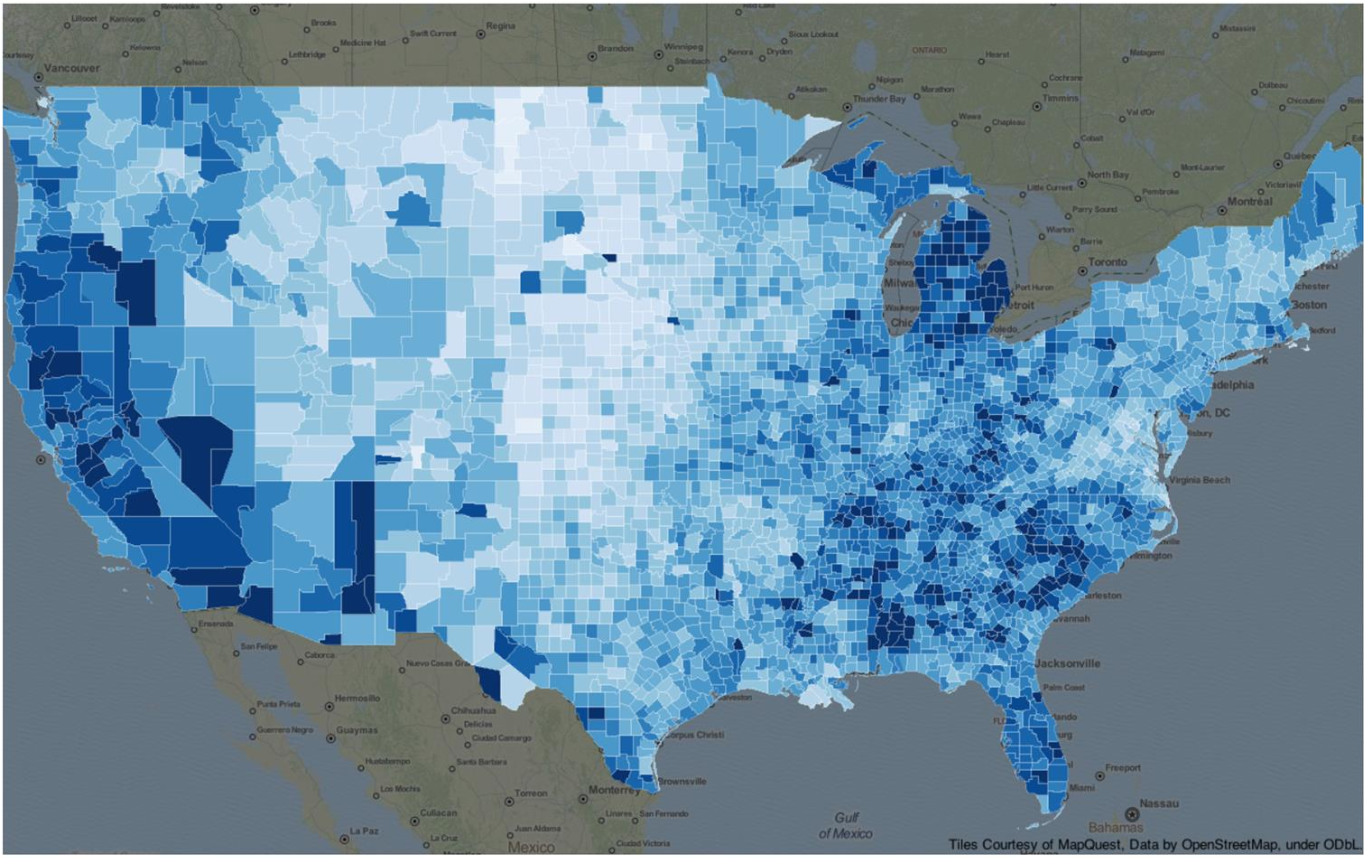
geoplotlib
- Creates maps and plots geographical data.
- Must have Pyglet (an object- oriented programming interface) installed.
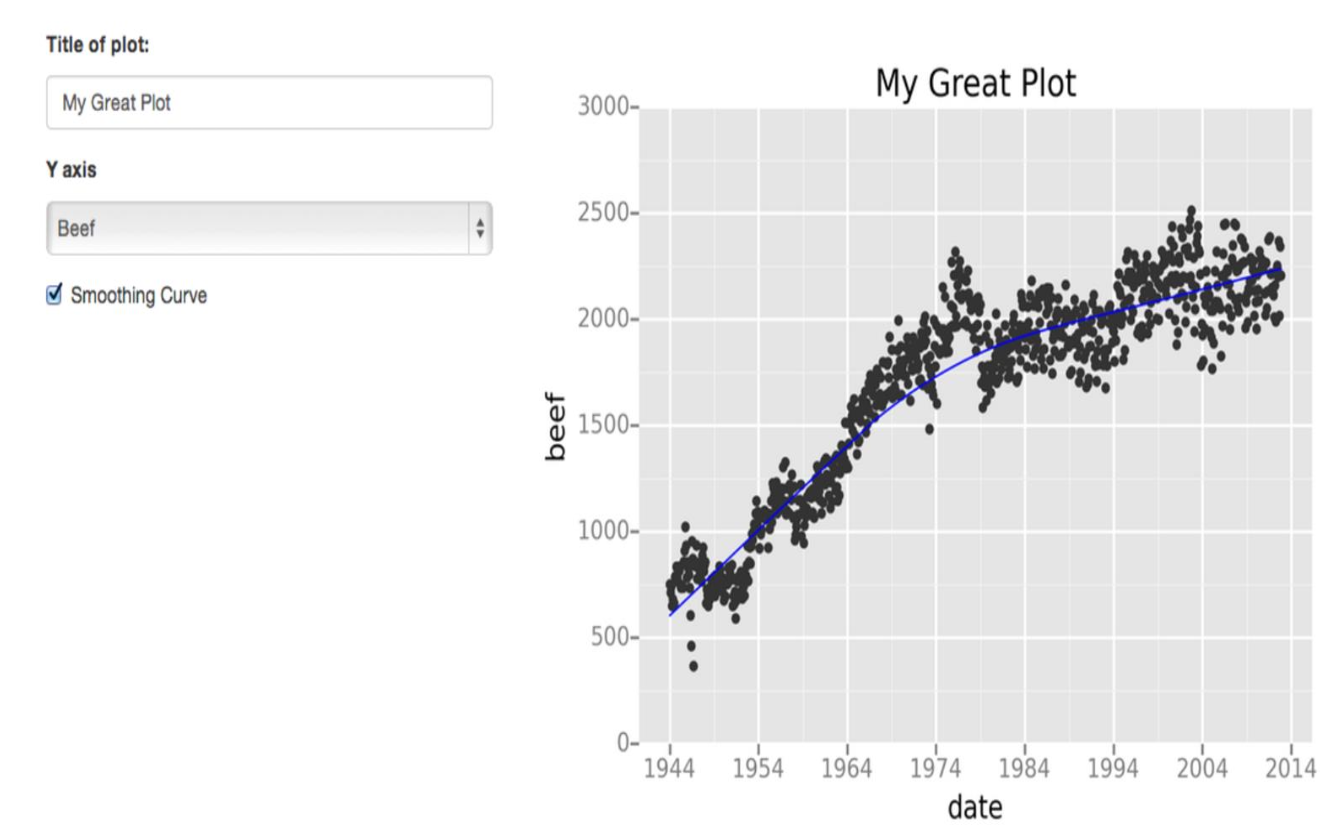
Gleam
- Allows to turn analyses into interactive web apps using only Python scripts.
- Allows to build fields on top of the graph to filter and sort data.
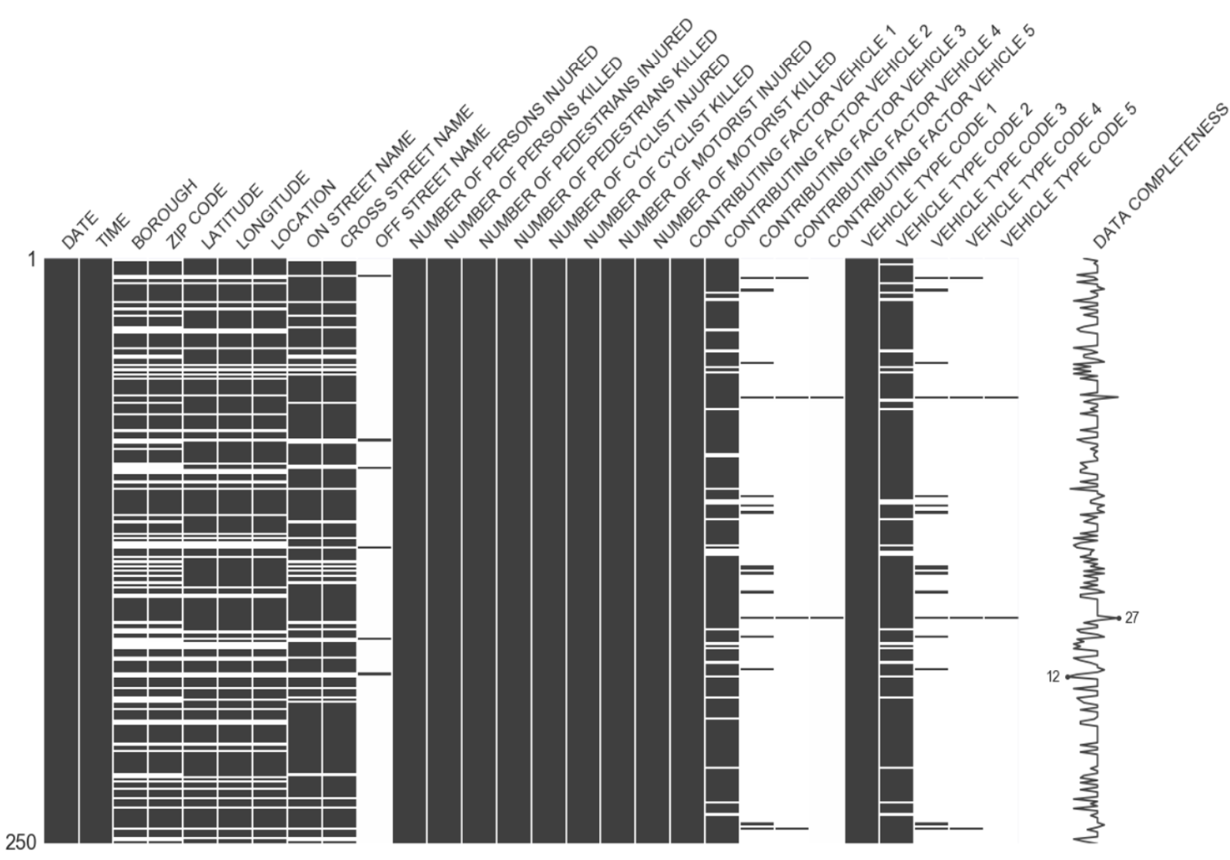
missingno
- Allows to quickly find missing data.
- Uses a visual summary, not tables.
- Can filter or sort data based on completion or spot correlations with a heatmap or a dendogram.
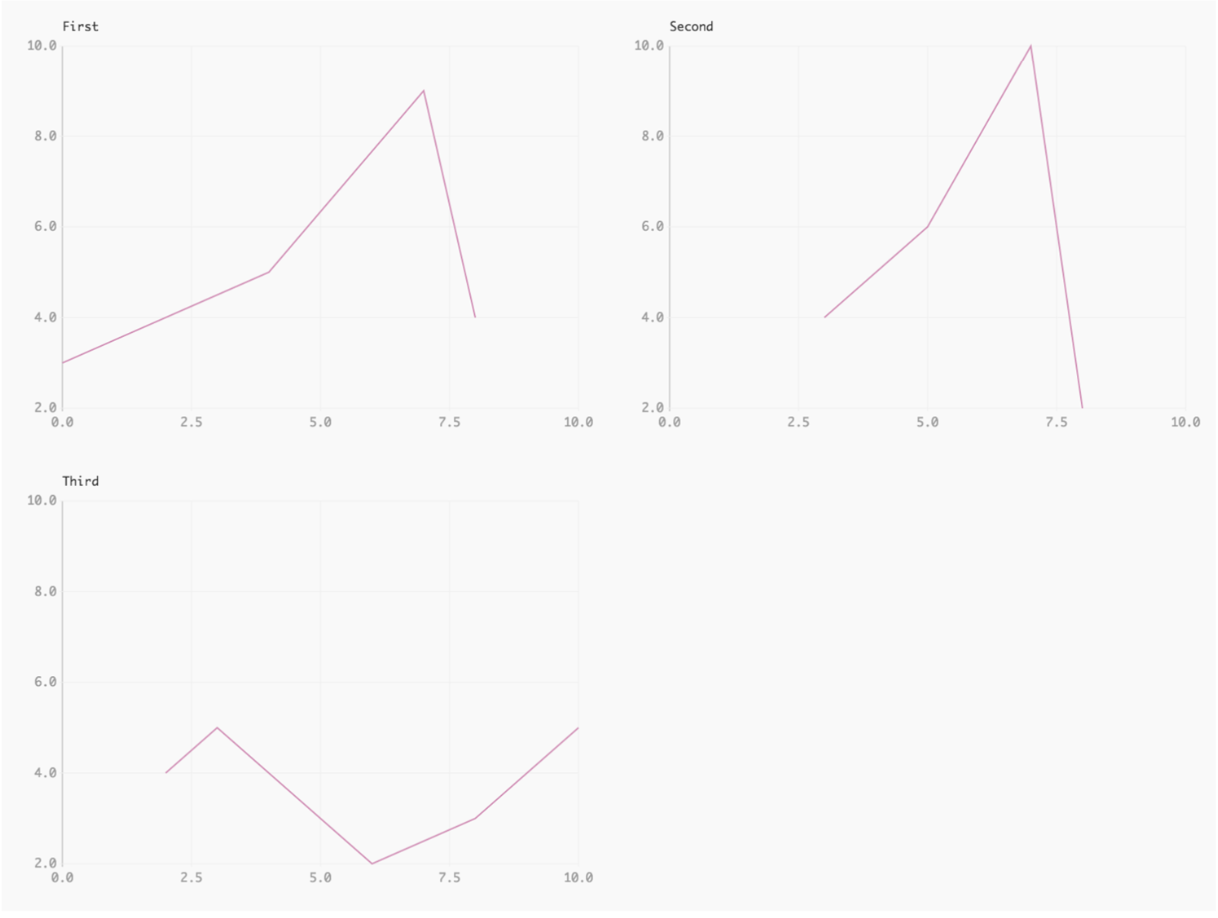
Leather
- Makes simple but quick graphs.
- Works with all data types.
- Produces graphs as an SVG file.
Machine Learning
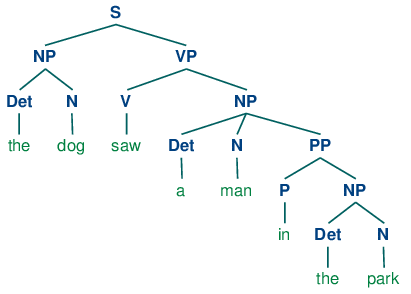
nltk
- Platform for working with human language data.
- Provides libraries for classification, tokenization, stemming, tagging, parsing, and semantic reasoning.

pyTorch
- End-to-end machine learning framework.
- Used for applications such as computer vision and natural language processing.
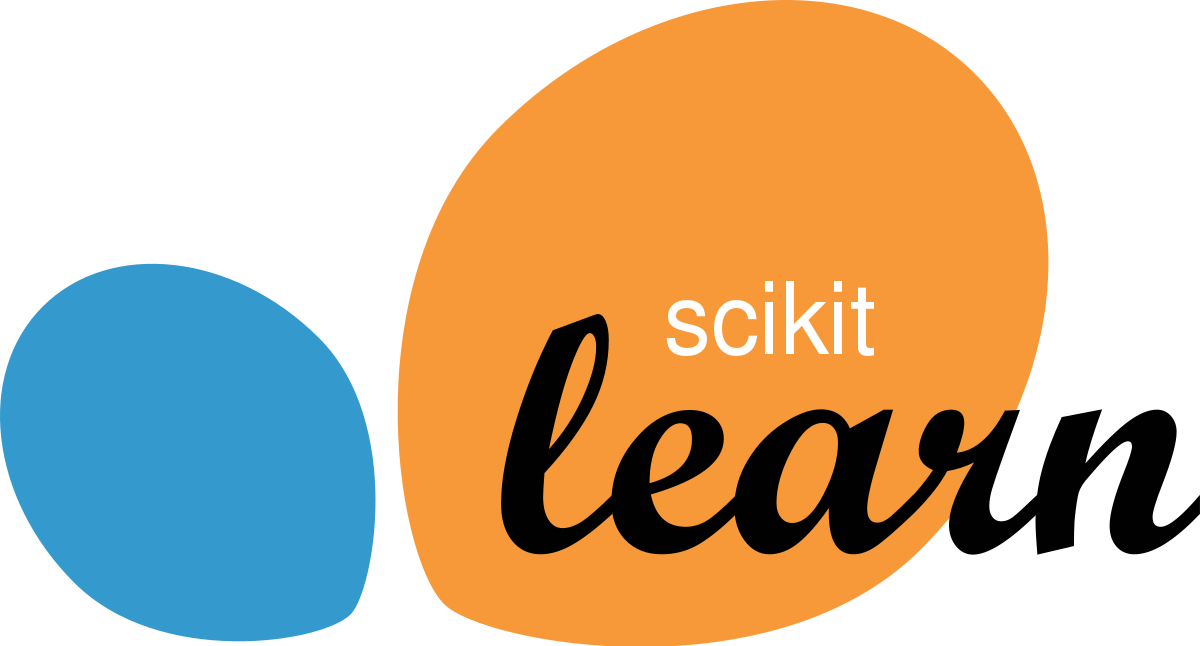
scikit-learn
- Provides tools for data analysis.
- Based on NumPy, SciPy, and matplotlib.
- Supports classification, regression, clustering, and dimension reduction.
Multimedia & Game Development
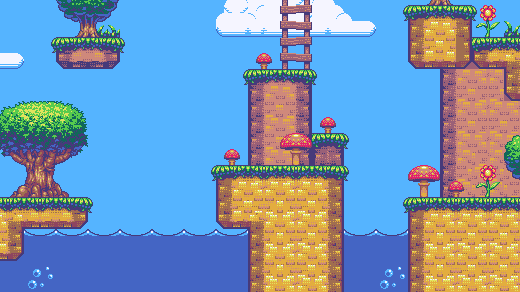
pyGame
- A set of Python modules designed for writing video games.
- Includes computer graphics and sound libraries.